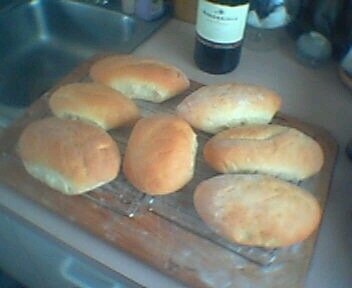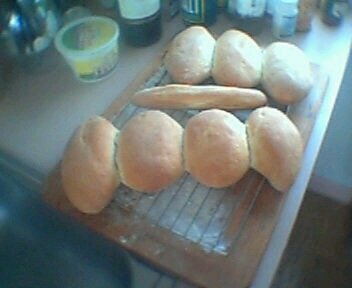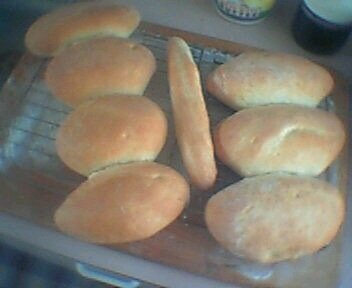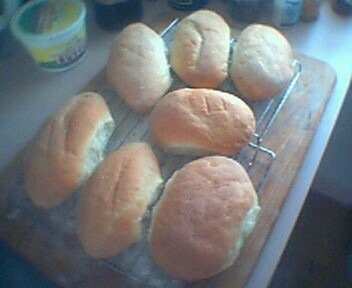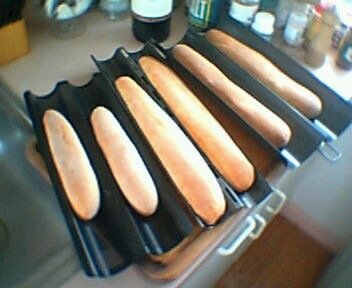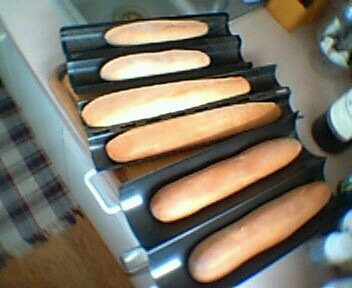pckouris
Senior Cook
- Joined
- Mar 26, 2005
- Messages
- 169
Well today I purchased a French Bread baggette baking pan. It has two "sections" which are about 3 1/2 inches wide and about 18" long, for just a lousy 12 bucks at the Restaurant Store in Key West.
(I just hate to got there because they have all this neat stuff and I want it all! But so expensive!)
Anyway, I am going to (tomorrow) bake some French bread baggetts in it and I hope for a great turn out.
Will let you all know of course.
Some of you suggested that I don't need baggette pans, (just use a cookie sheet) and I have, but the bread turns out too flat. It settles too much and is not the round firm baggettes I desire. So we shall see what we shall see.
tooldooodo, until later...I'll take some pictures for you all to see how the experiment turns out.
(I just hate to got there because they have all this neat stuff and I want it all! But so expensive!)
Anyway, I am going to (tomorrow) bake some French bread baggetts in it and I hope for a great turn out.
Will let you all know of course.
Some of you suggested that I don't need baggette pans, (just use a cookie sheet) and I have, but the bread turns out too flat. It settles too much and is not the round firm baggettes I desire. So we shall see what we shall see.
tooldooodo, until later...I'll take some pictures for you all to see how the experiment turns out.

